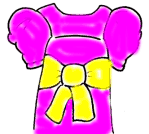|
 |
 |
Today many people
in Uganda who live in the big cities and towns wear western style dress,
but in the smaller towns and villages, people continue to dress as their
ancestors did centuries ago. |
The'busuti' is
a dress worn by women in eastern Uganda. The European style was introduced
by missionaries in the 19th century, but has been adapted to complement
the colourful local fabrics and patterns.
The dress can
be decorated with bones, animal horns, hides, shells or feathers.
It takes about 6.4 metres of material to make the dress
|
|
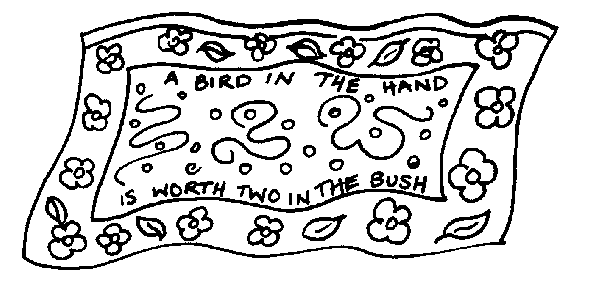
|
The'kanga' is
a large piece of rectangular, light cotton cloth which women wear
wrapped over their head and shoulders.
|
Most men
dress in western style clothes, but in the remote areas of Uganda
men wear the 'kanszu', a loose fitting robe rather like a nightshirt.
The 'kanssu' can also be seen being worn by older men in the capital
city and other large towns. It can frequently be seen being worn
by men of all ages on Sunday.
The 'kanszu' is particularly smart when worn under a jacket.
|
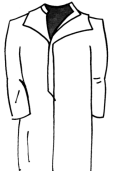 |
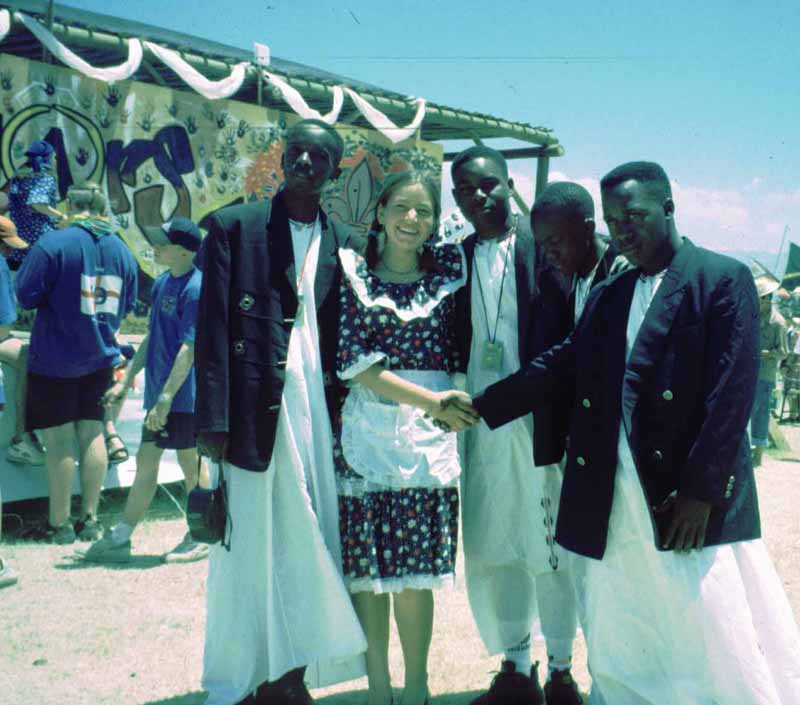 |
The
Scouts at the World Jamboree in Chile are seen here wearing the Kanszu
with a young swiss lady
|
Colour
and style play a big part in what people wear, with different clothes
used for different occasions. What are the favourite colours of the
members of your Six? Do they feel different when they wear red to
when they wear something blue for instance?
Make a chart of the favourite colours in the Pack.
Colours,
like symbols can have different meanings in different cultures. Red
can mean anger or passion in the west, but signifies joy in China
and the Ukraine. In India it is the colour of the bridal dress. Yellow
can signify wisdom or the harvest to a Russian, spring and joy to
a European, fear or cowardice to a North American and spirituality
to a Buddhist. Green is a holy colour to Muslims and a colour of hope
in the Ukraine. In the United Kingdom we talk about being green with
envy.
-
Play
a team game about colours. Call out a colour and a number. Cub
Scouts run up and say something connected with that colour for
instance blue - sky, forget-menot, Girl Guide, the sea.
-
Find
out the meaning of the following expressions - the black sheep,
to catch someone red-handed, green fingers, once in a blue moon,
a white elephant.
-
Crafts
which are popular in Uganda are woodcarving, pottery, bark cloth
painting, fabric designing, rock painting, tie and dye (adire
oniko) and batik (adire eleko). Why not try some of these craft
activities at your meetings. Books on all of these are available
at your local library.
-
Tie
and dye
|
Many
patterns can be produced by tie-dying, but first purchase some bright
coloured cold water dyes from a hardware shop.
Use cotton material and follow the instructions on the container.
Cub Scouts can work with small squares of material which can be made
up later into bags for sense training games. Older members can design
their own t-shirts.
The material can be folded, pleated, twisted, knotted, coiled or scrunched
and stitched to produce a variety of patterns. Objects such as stones,
marbles, sticks or beans can be tied into the material with raffia
or string. The parts of the material that are tied up resist the dye
and remain white.
|
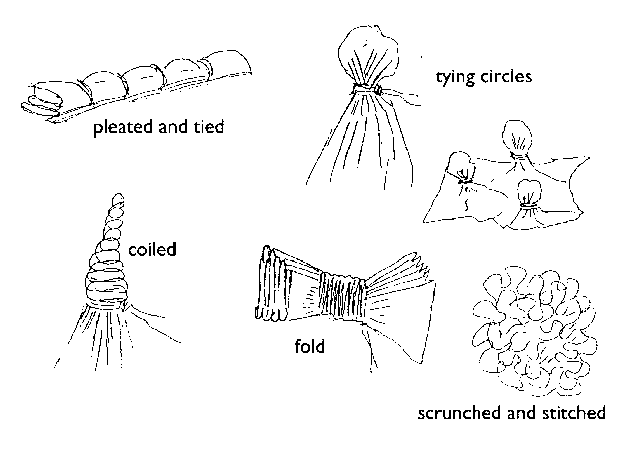 |
-
On
week one: The material is prepared and immersed in a bucket of
dye for about half an hour with just the occasional stir. It is
then remove and rinsed well in cold water and left to dry.
On week two: The raffia, rubber bands or string are undone to
reveal the pattern. Finishing touches can be done with fabric
paints or pens.
Older members might like to try producing their own natural dyes
using blackberries, onion skins, beetroot, privet and elder leaves,
birch and bark. Why not experiment for yourselves?
-
Make
these mats using different colours of raffia which can be bought
in bundles from craft shops. Raffia is a fibre which is peeled
from the leaves of the raffia palm. The leaves are enormous, around
seventeen metres in length and are easily the largest of any plant.
-
-
This
is a method by which the pattern is applied using wax before immersing
into a dye. Care must be taken not to crack the wax. This is a
craft for older members.
-
It
is popular to include a proverb on the East African 'kanga'. Ask
your members what proverb they would include, and get them to
make a wall hanging using fabric paints or pens on a piece of
cotton material. Hang them in your Headquarters.
|
In
Uganda, village people often wear masks for special ceremonies and
dances. Sometimes they are used to frighten away evil spirits or so
that the people wearing them will not be recognised.
Masks
can be made from almost any container or type of material, just supply
the material and let the members' imaginations run away with them.
Have a good supply of card, cardboard cartons, paper bags, paper plates,
elastic, clay or plasticine, old newspapers and paste,scissors, staplers,
tape and so on.
For decorations you can supply feathers, crepe paper, tissue paper,
pieces of material, string, wool, table tennis balls for noses and
eyes, sequins, seeds and so on.
|

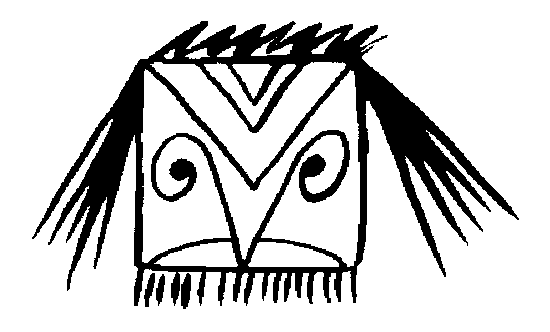 |



